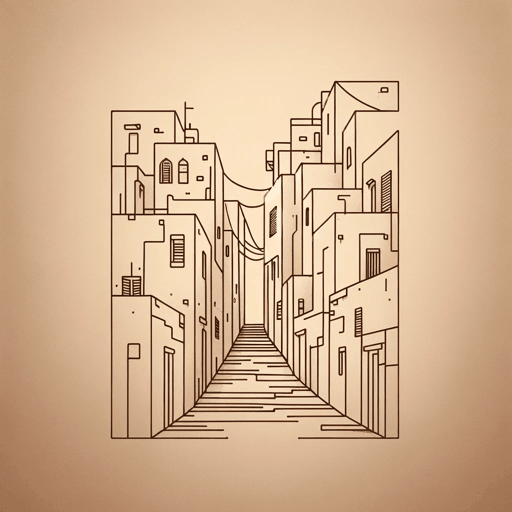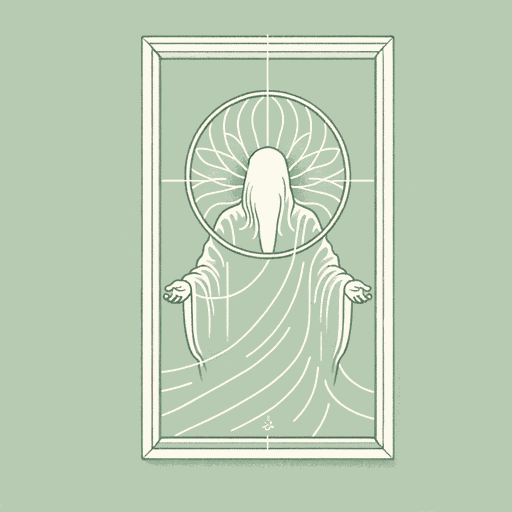53 pages • 1 hour read
Naguib MahfouzMidaq Alley
Fiction | Novel | Adult | Published in 1947A modern alternative to SparkNotes and CliffsNotes, SuperSummary offers high-quality Study Guides with detailed chapter summaries and analysis of major themes, characters, and more.
Themes
Tensions Between Tradition and Modernity
Through the lives and interactions of its diverse characters, the novel offers a nuanced exploration of the clash between deeply rooted traditional values and the rapid changes brought about by modernization in 1940s Cairo. In Midaq Alley, tradition is represented by the established norms, customs, and beliefs that shape the lives of the characters. Characters such as Radwan Hussainy and Abbas embody traditional values with their adherence to religion, social expectations, and cultural norms. Hussainy’s role as a spiritual guide and Abbas’s closeness to the alley and its customs reflect the stability and comfort that tradition can provide. However, this adherence often comes into conflict with the desires of the younger generation. The tension is exemplified by characters like Hussain Kirsha and Hamida, who are drawn to modernity, progress, and personal freedom.
Hussain’s aspirations reflect a desire for social mobility and a break from the past. For example, Hussain wants to live in a house with electricity, like his friends. For the people of Midaq Alley, electricity is a dangerous symbol of modernity: It represents the disappearance of their traditional way of life. Mr. Kirsha’s reply to his son encapsulates the alley’s relation to such changes: “Thanks be to God that your mother, for all her scandals, has at least kept our house safe from electricity!” (116).
Related Titles
By Naguib Mahfouz
Featured Collections
African Literature
View Collection
Class
View Collection
Class
View Collection
Heinemann African Writers Series
View Collection
Nobel Laureates in Literature
View Collection
Popular Study Guides
View Collection
School Book List Titles
View Collection
Valentine's Day Reads: The Theme of Love
View Collection
War
View Collection






